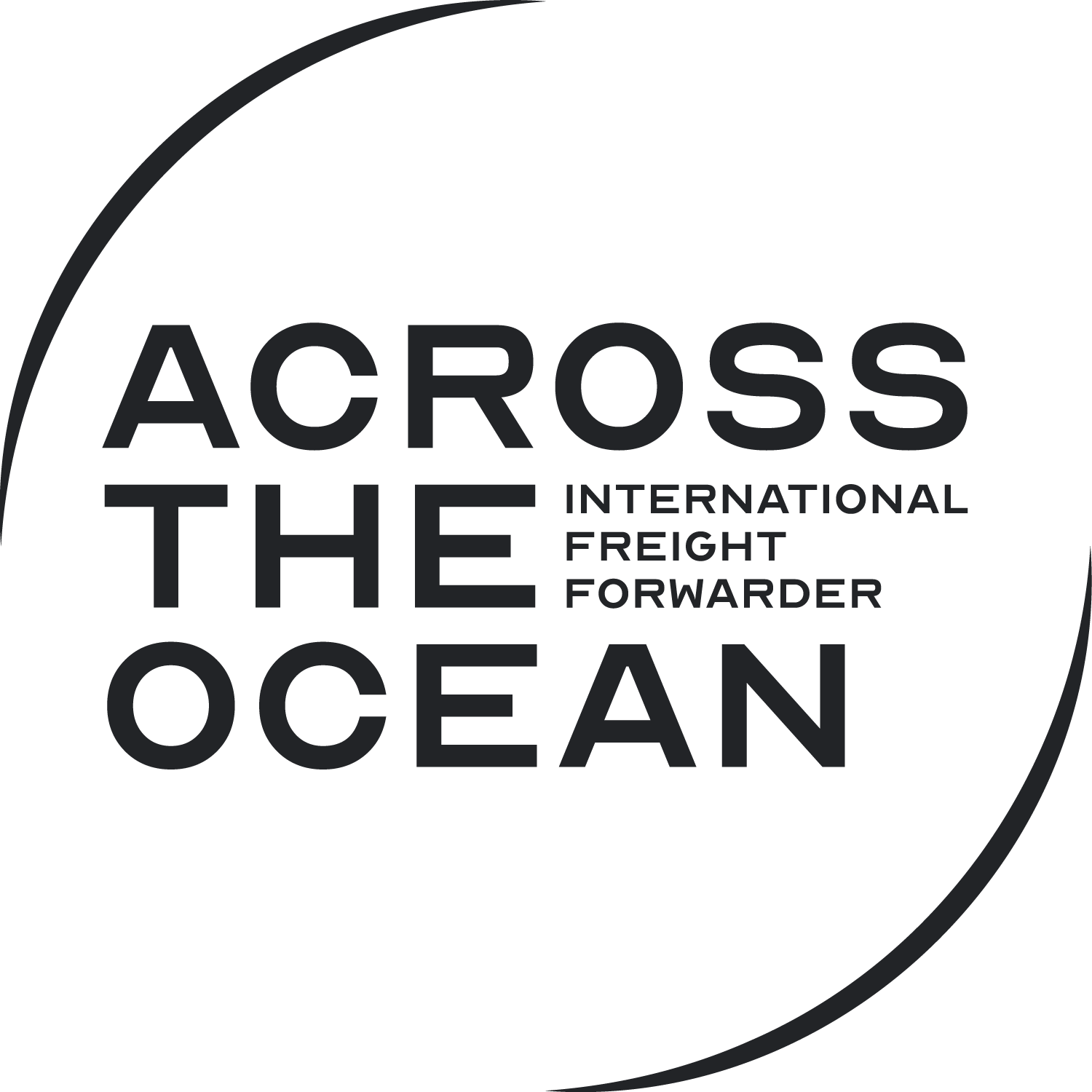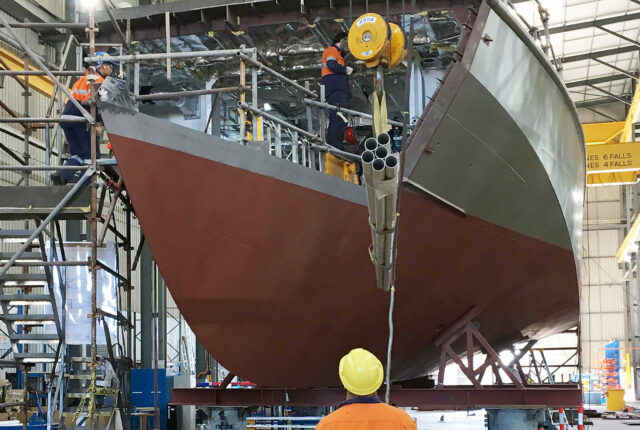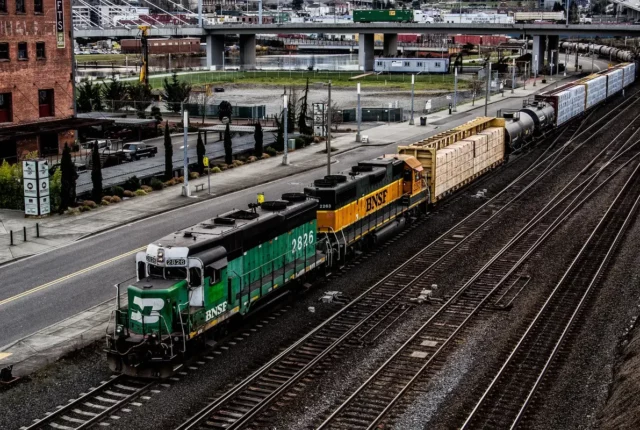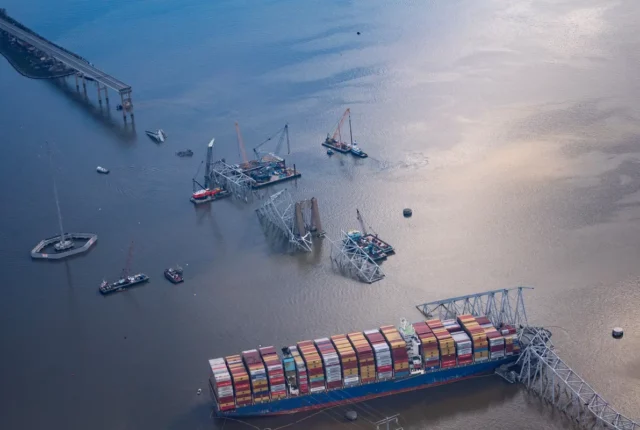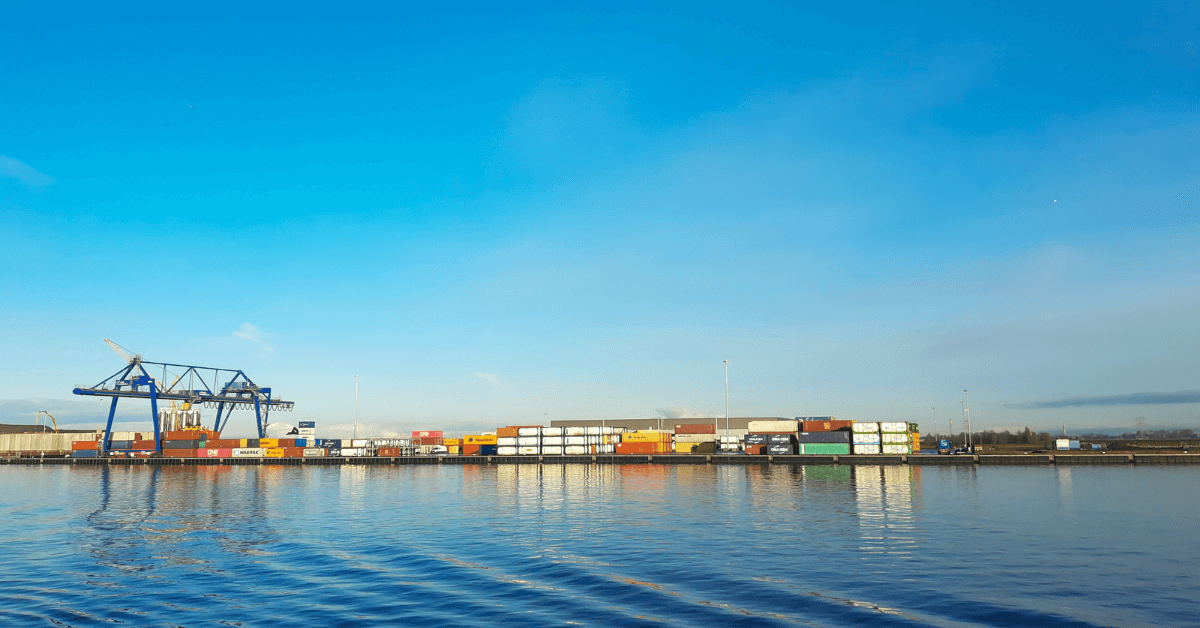
Mega-Vessels: Are Dutch Ports Ready for the Future of Sea Freight?
The global sea freight industry is entering a transformative era. Mega-vessels — ultra-large container ships capable of carrying between 18,000 and 24,000 twenty-foot equivalent units (TEU) — are now shaping global trade.
Designed for scale, efficiency, and environmental performance, these vessels bring new opportunities and serious challenges. For the Netherlands, a maritime powerhouse, the key question is: Are its ports ready for this future?
The Emergence of Mega-Vessels
Mega-vessels are not just about size. They represent:
- Economies of Scale: Larger ships transport more containers at lower costs.
- Improved Environmental Efficiency: These vessels emit less CO₂ per unit transported.
- Global Trade Optimization: They align with shifting trade patterns and higher freight demand.
Rotterdam and Maasvlakte: At the Frontline
Port of Rotterdam
As Europe’s largest port and the 10th largest worldwide, the Port of Rotterdam is a leader in innovation:
- Infrastructure: With 40 km of waterways and automation like AGVs and autonomous cranes, Rotterdam ranks among the world’s most advanced ports
- Deep-water access: Its Nieuwe Waterweg canal and Maasgeul dredging support ultra-deep-draft vessels (up to 24 m), allowing mega‑vessels safe passage
- Expansion projects: Maasvlakte 2 reclaimed 2,000 ha of land, built deep‑water terminals with 20 m draft, extensive rail links, and widened channels for mega‑vessels
Maasvlakte 2
An artificial land extension, Maasvlakte 2 adds:
- 2,000 hectares of reclaimed land
- Deep-sea terminals with 20-meter drafts
- Direct connections to inland rail and barge networks
APM Terminals MVII is expanding here, adding 51 hectares of advanced facilities designed specifically for mega-vessels.
Mega-Vessel Growth Trends
Mega-vessels are increasing in both size and frequency:
- Size Advancements: Designs now push beyond 24,000 TEU.
- Global Fleet Evolution: Major shipping alliances are investing in next-generation mega-ships.
- Port Pressure: Existing port infrastructure worldwide struggles to accommodate these giants.
Infrastructure Demands
To host mega-vessels, ports need:
- Deeper channels
- Reinforced quay walls
- Larger cranes with extended outreach
- Expanded turning basins and berth lengths
These upgrades require multi-billion-euro investments and long-term planning.
How Prepared Are Dutch Ports?
Strengths
- Forward-Looking Design: Maasvlakte 2 was built with future ship sizes in mind.
- Smart Port Initiatives: Rotterdam employs digital twins, predictive maintenance, and real-time traffic optimization.
- Green Logistics: The port invests in shore power, hydrogen, and sustainable operations.
Challenges
- Port Congestion: Growing demand creates delays in vessel and barge handling.
- Hinterland Bottlenecks: Inland waterways and rail links need continued upgrades.
- Investment Costs: Infrastructure modernization is capital-intensive.
The Path Ahead
To remain competitive and future-ready, Dutch ports are focusing on:
- Capacity Expansion: Building more berths and terminal space.
- Digital Transformation: Using AI and data analytics for smarter logistics.
- Hinterland Development: Enhancing the Betuweroute rail line and waterway capacity.
Learning from Global Peers
Other ports provide cautionary tales and best practices:
- Singapore: Emphasizes coordinated infrastructure and digital systems.
- US East Coast: Struggles with outdated port infrastructure and limited channel depths highlight the need for timely upgrades.
Strategic Forecast
Experts believe the future growth of vessel size will eventually plateau due to diminishing returns and port limitations. Dutch ports must balance readiness with prudence — upgrading efficiently without overextending.
Conclusion
Dutch ports, particularly Rotterdam, are among the best-positioned in Europe to handle the rise of mega-vessels. While significant investments have already been made, ongoing upgrades in digital infrastructure, inland connectivity, and sustainability will be vital. With a balanced strategy, the Netherlands is not only ready for the future of sea freight — it is helping to define it.
FAQs
What are mega-vessels?
Mega-vessels are container ships that carry over 18,000 TEU, often reaching up to 24,000 TEU or more.
Are Dutch ports equipped for mega-vessels?
Yes, especially Rotterdam and Maasvlakte 2, which feature deepwater channels, advanced terminals, and modern logistics systems.
Will ships continue to get bigger?
Growth will likely slow after the 24,000–25,000 TEU mark due to diminishing returns and port constraints.
